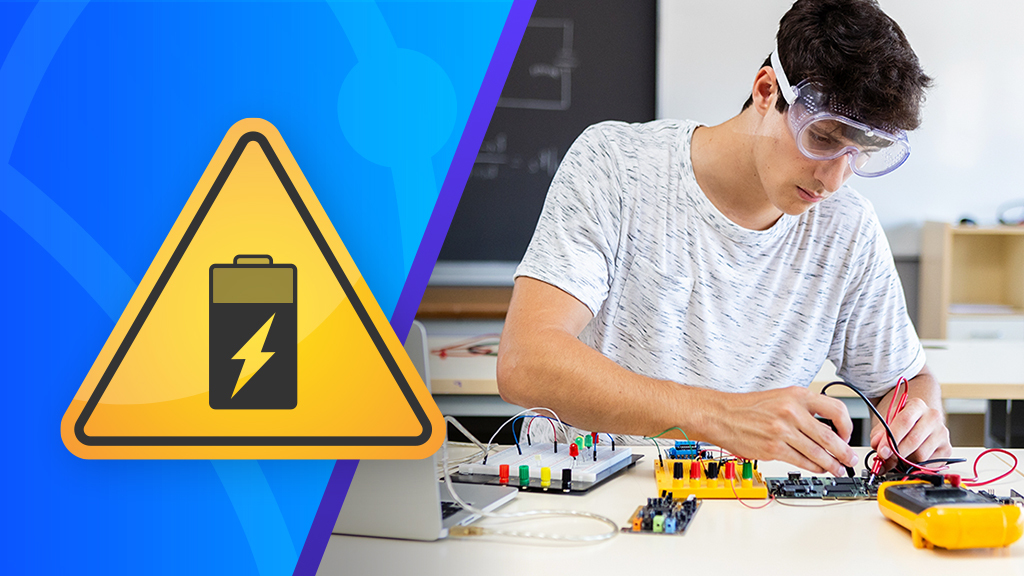Archive: Science Update: Making a Marine Debris "MAP": Collecting Marine Debris Data with NOAA's Marine Debris Monitoring and Assessment Project, September 18, 2025
Marine debris is a widespread pollution problem in our ocean and waterways. It can harm wildlife, habitats, and our economy. This issue is human-caused, but it also has human solutions. One of the best tools we have to combat marine debris is understanding the distribution, abundance, and types of debris in the marine environment. The Marine Debris Monitoring and Assessment Project (MDMAP) is a NOAA initiative to measure the amount and types of marine debris on shorelines.
Marine debris is a widespread pollution problem in our ocean and waterways. It can harm wildlife, habitats, and our economy. This issue is human-caused, but it also has human solutions. One of the best tools we have to combat marine debris is understanding the distribution, abundance, and types of debris in the marine environment. The Marine Debris Monitoring and Assessment Project (MDMAP) is a NOAA initiative to measure the amount and types of marine debris on shorelines.
Marine debris is a widespread pollution problem in our ocean and waterways. It can harm wildlife, habitats, and our economy. This issue is human-caused, but it also has human solutions. One of the best tools we have to combat marine debris is understanding the distribution, abundance, and types of debris in the marine environment. The Marine Debris Monitoring and Assessment Project (MDMAP) is a NOAA initiative to measure the amount and types of marine debris on shorelines.
Marine debris is a widespread pollution problem in our ocean and waterways. It can harm wildlife, habitats, and our economy. This issue is human-caused, but it also has human solutions. One of the best tools we have to combat marine debris is understanding the distribution, abundance, and types of debris in the marine environment. The Marine Debris Monitoring and Assessment Project (MDMAP) is a NOAA initiative to measure the amount and types of marine debris on shorelines.








